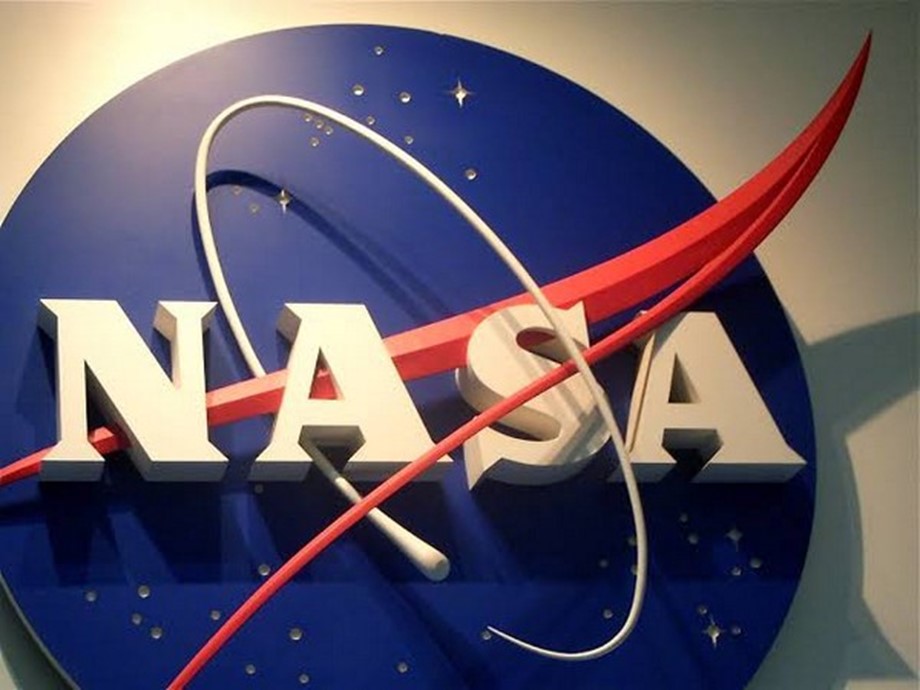NASA, generally unmistakable for its numerous Florida-propelled abuses into space, exhibited an early form of its first all-electric trial air ship, the X-57 “Maxwell,” on Friday at its lesser-known air transportation lab in the California desert.
Adjusted from an Italian-made Tecnam P2006T twin-engine propeller plane, the X-57 has been being worked on since 2015 and stays in any event a year from its first dry run in the skies over Edward Air Force Base.
In any case, in the wake of joining the two biggest of 14 electric engines that will at last push the plane – controlled by uniquely structured lithium particle batteries – NASA regarded the Maxwell prepared for its first open review.
NASA likewise flaunted a recently fabricated test system that permits specialists, and pilots, to get the vibe of what it will resemble to move the completed adaptation of the X-57 in flight, even as the plane stays being worked on.
The Maxwell is the most recent in a pleased line of trial aircraft the National Aeronautics and Space Administration has created over numerous decades for some, reasons, including the shot molded Bell X-1 that previously broke the sound wall and the X-15 rocket plane flown by Neil Armstrong before he joined the Apollo moon group.
The Maxwell will be the organization’s previously manned X-plane to be created in two decades.
While privately companies have been building up every single electric plane and air cushion vehicle for a considerable length of time, NASA’s X-57 endeavor is planned for structuring and demonstrating innovation as indicated by benchmarks that business makers can adjust for government confirmation.
Those will incorporate benchmarks for airworthiness and wellbeing, just as for vitality productivity and commotion, Brent Cobleigh, a venture supervisor for NASA’s Armstrong Flight Research Center at Edwards, around 100 miles (160 km) north of Los Angeles.
“We’re focusing on things that can help the whole industry, not just one company,” he told Reuters in a meeting at the research focus. “Our target right now is to fly this airplane in late 2020.”
The last alteration, or Mod IV, of the flying machine will include smaller, lighter-weight wings fitted with an aggregate of 14 electric motors – six littler “lift” props along the main edge of each wing, in addition to two bigger “cruise” props at the tip of each wing.
The lift propellers will be enacted for take-off and arrivals, yet withdraw during the flight’s voyage stage.
Since electric engine frameworks are more minimized with less moving parts than inward burning motors, they are less difficult to keep up and gauge considerably less, requiring less vitality to fly, Cobleigh clarified. They likewise are calmer that customary motors.
One challenge is improving battery innovation to store more vitality to broaden the plane’s range, with quicker re-charging.
Because of current battery restrictions, the Maxwell’s design is imagined for use in short-pull flights as an air-taxi or commuter plane for few travelers.
Henry Clark is an accomplished writer and editor who has now working in Thinker Now. He is also good writer; his books can purchase at bookstores.
Disclaimer: The views, suggestions, and opinions expressed here are the sole responsibility of the experts. No Thinker Now journalist was involved in the writing and production of this article.
